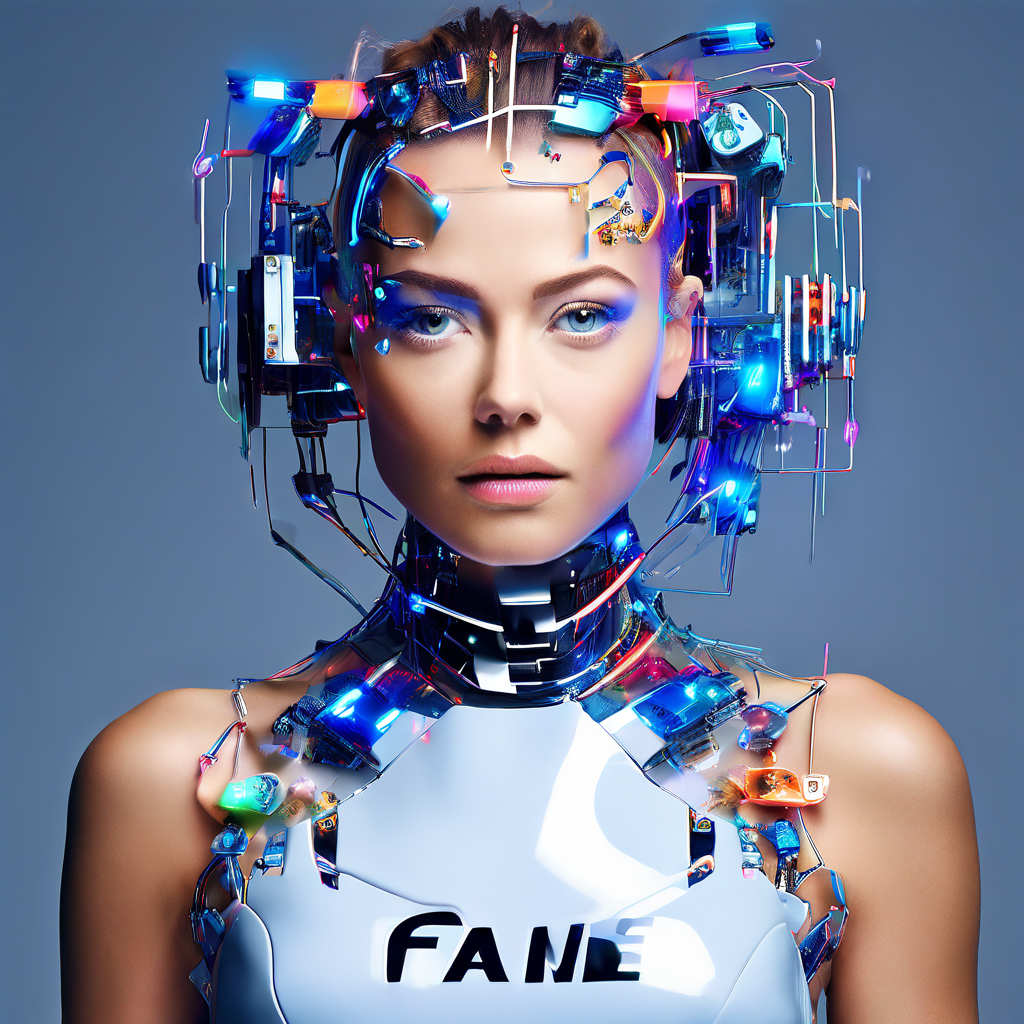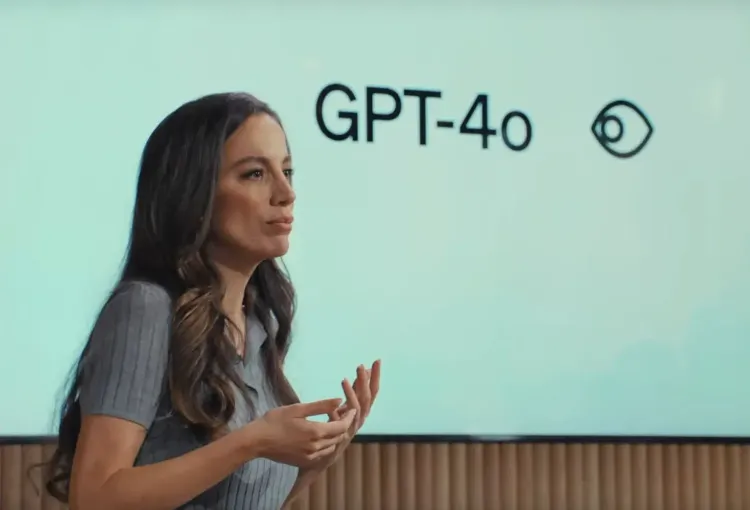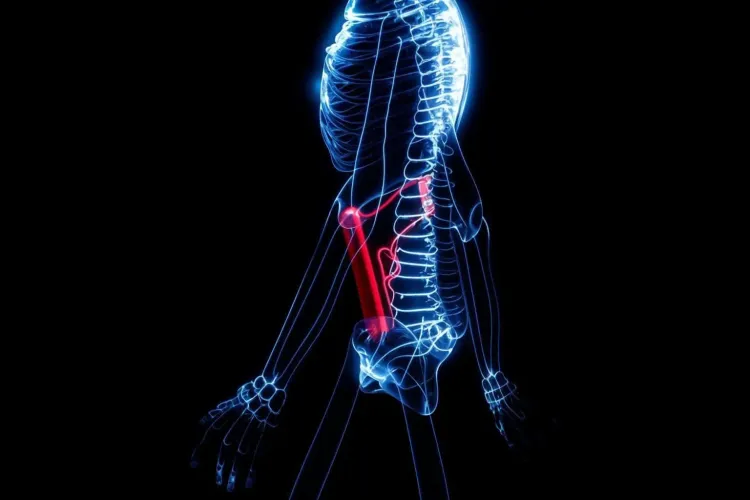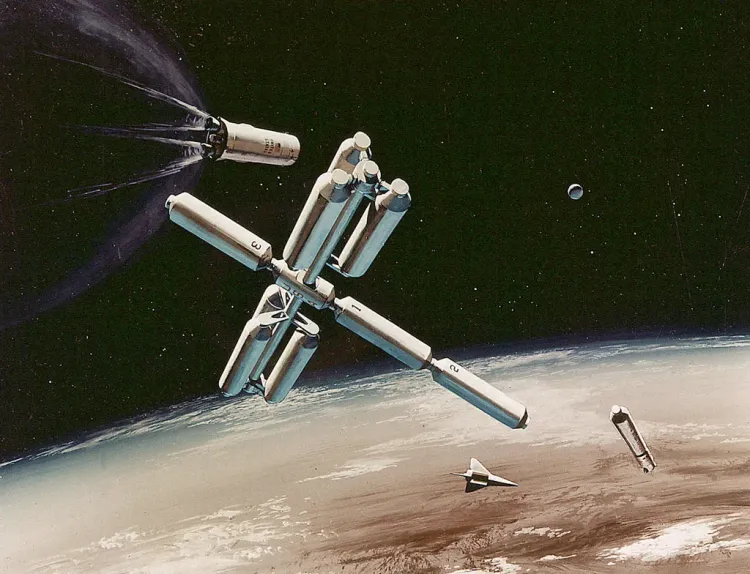The Future of Fame: How CAA's AI-Powered Digital Doubles are Revolutionizing the Entertainment Industry

In the ever-evolving landscape of the entertainment industry, one name stands out as a trailblazer in the integration of artificial intelligence (AI) technologies: Creative Artists Agency (CAA). This leading entertainment and sports agency has taken a bold step into the future with the development of the CAA Vault, a state-of-the-art facility that utilizes cutting-edge AI to create digital "doubles" of their clients. This groundbreaking initiative not only offers new creative possibilities but also raises important questions about the future of entertainment, digital personhood, and the role of AI in the industry.

The CAA Vault: A Glimpse into the Future
At the heart of CAA's AI endeavors lies the CAA Vault, a technologically advanced facility designed to capture and create high-fidelity digital replicas of artists. The process begins with detailed scans of an actor's body, face, movements, and voice, which are then used to generate digital doubles that can be seamlessly integrated into various media productions. This technology opens up a world of possibilities, allowing actors to appear in multiple projects simultaneously, perform stunts without risk, or even continue their careers long after they've retired.
The implications of this technology are far-reaching, as it could potentially reshape the way movies, television shows, and other forms of entertainment are produced. With digital doubles, studios could save time and money on production, as they would no longer need to rely on the availability of individual actors. Moreover, the use of AI-generated performances could allow for greater creative flexibility, enabling directors to craft scenes and performances that might otherwise be impossible.

Ownership and Control: The Importance of Digital Rights
One of the key aspects of CAA's approach to digital doubles is the emphasis on giving artists ownership and control over their digital likenesses. In an industry where unauthorized use of an actor's image is a persistent concern, the CAA Vault provides a solution that ensures artists maintain control over how their digital personas are used. This is particularly important in an age where deepfakes and other forms of digital manipulation have made it easier than ever to misuse an individual's likeness.
By establishing clear guidelines and protocols for the use of digital doubles, CAA is setting a precedent for the industry as a whole. This proactive stance not only protects the rights of their clients but also helps to foster a more ethical and responsible approach to the use of AI in entertainment.
The Broader Implications of AI in Entertainment
CAA's use of AI extends beyond the creation of digital doubles. The agency has been recognized for its comprehensive approach to integrating AI across its operations, from sports analytics to marketing initiatives. This broad application of AI highlights the agency's commitment to staying ahead of the curve in an industry that is increasingly shaped by technology.
As AI continues to advance, it is likely that we will see even more innovative uses of the technology in entertainment. From personalized content recommendations to AI-assisted scriptwriting, the possibilities are endless. However, with these new opportunities come new challenges, particularly in terms of regulation and ethical considerations.

The Ethics of Digital Personhood
The creation of digital doubles raises important questions about the nature of identity and personhood in the digital age. As AI-generated performances become more sophisticated and indistinguishable from those of real actors, we must grapple with the philosophical and legal implications of digital personhood.
For example, if an AI-generated performance is used in a film, who owns the rights to that performance? Is it the actor whose likeness was used, the studio that created the digital double, or the AI itself? These are complex questions that will require careful consideration and collaboration between the entertainment industry, policymakers, and ethicists.
Moreover, there are concerns about the potential impact of digital doubles on the livelihoods of actors and other industry professionals. If AI-generated performances become the norm, it could lead to job displacement and further exacerbate existing inequalities within the industry. As such, it is crucial that the development and use of these technologies are guided by a strong ethical framework that prioritizes fairness, transparency, and accountability.

The Future of Entertainment
Despite the challenges and uncertainties surrounding the use of AI in entertainment, one thing is clear: the industry is on the cusp of a major transformation. As technologies like the CAA Vault continue to evolve and mature, we can expect to see a wave of innovation and creativity that will redefine the way we create and consume entertainment.
However, it is important that this transformation is guided by a commitment to responsible innovation and ethical considerations. The entertainment industry has a unique opportunity to set the standard for the responsible use of AI, and agencies like CAA are leading the charge in this regard.
As we move forward into this new era of entertainment, it is essential that we approach the integration of AI with a spirit of collaboration and open-mindedness. By working together to address the challenges and seize the opportunities presented by these technologies, we can create a future where AI enhances the creative process, protects the rights of artists, and enriches the entertainment experience for audiences around the world.
Conclusion: Harness AI For A More Creative Future
The development of the CAA Vault and the broader integration of AI in the entertainment industry represent a significant milestone in the evolution of the creative landscape. As we stand on the threshold of this new era, it is important that we approach these technologies with a mix of excitement and caution, recognizing both the immense potential and the significant challenges they present.
By prioritizing ethical considerations, fostering collaboration, and embracing responsible innovation, the entertainment industry can harness the power of AI to create a future that is more creative, more efficient, and more equitable. And with trailblazers like CAA leading the way, we can be confident that this future is well within our reach.











Member discussion